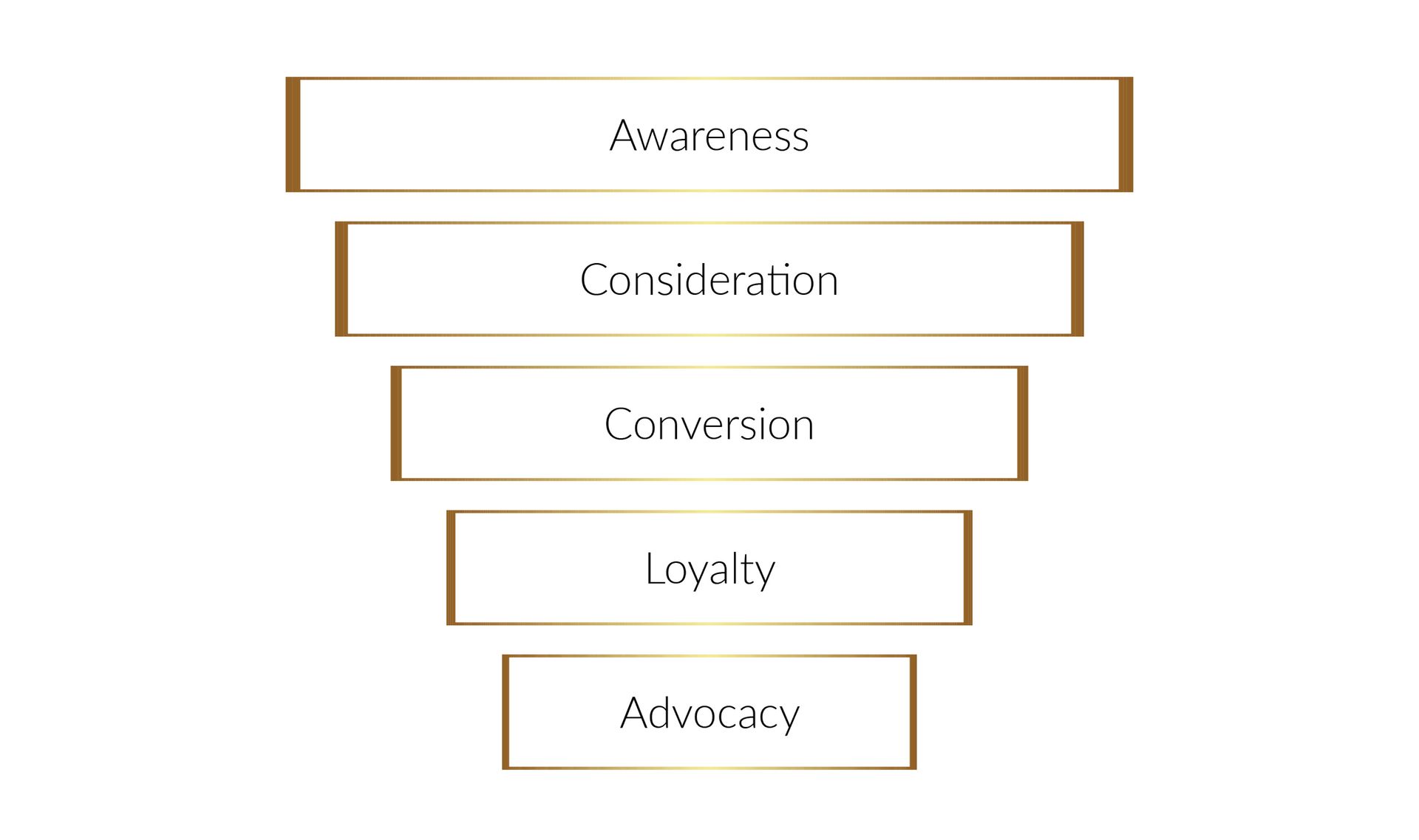Supporting Working Parents: The Key to Being the Employer of Choice
Navigating the Back-to-School Season: How Organizations Can Champion Working Parents

As the back-to-school season kicks off, the challenges faced by parents are not limited to students and schools alone. Organizations also play a crucial role in ensuring a smooth transition for working parents as they juggle their professional responsibilities with childcare demands. In a world where labor shortages extend beyond school districts to daycares and other childcare facilities, employers have an opportunity to stand out by offering the flexibility and support that parents desperately need.
The Complex Back-to-School Landscape:
The recent blog on the labor shortage in school districts shed light on the difficulties faced by educational institutions due to shortages of bus drivers and teachers. However, the ripple effects of these shortages reach beyond the classroom. For working parents, the scarcity of reliable transportation and educational personnel translates into a heightened need for flexibility. With daycares also grappling with staff shortages, parents are faced with the challenge of ensuring their children's safety and well-being while they fulfill their professional duties.
Flexibility: A Necessity, Not a Luxury:
In a time when the workforce is evolving, the concept of work has transformed as well. Traditional 9-to-5 schedules are no longer the norm, and the COVID-19 pandemic has only accelerated the shift towards remote and flexible work arrangements. For working parents, this shift is not just a preference – it's a necessity. The ability to balance work commitments with childcare responsibilities is critical, and organizations that acknowledge and accommodate this reality are positioning themselves as employers of choice.
The Path to Being an Employer of Choice:
Organizations that genuinely prioritize the well-being of their employees – especially working parents – are bound to attract and retain top talent. By offering flexible work hours, remote work options, and understanding the need for occasional adjustments, employers can show that they value the diverse responsibilities their employees manage. Recognizing that the challenges faced by parents extend beyond the school drop-off zone and into childcare, empathetic policies can make all the difference.
Beyond Flexibility: A Holistic Approach:
Flexibility is just one aspect of supporting working parents. Forward-thinking organizations should consider a holistic approach that encompasses emotional support, mental health resources, and avenues for open communication. By fostering a culture of understanding and empathy, employers can create an environment where employees feel comfortable discussing their needs and challenges.
As the back-to-school season brings its own set of challenges, organizations have an incredible opportunity to demonstrate their commitment to their employees' well-being. Being the employer of choice requires more than just competitive salaries and benefits; it demands a recognition of the multifaceted lives that employees lead. By offering flexibility, understanding, and support to working parents, organizations can create a workplace where employees thrive both personally and professionally. As the workforce landscape evolves, those who adapt and prioritize their employees' needs will undoubtedly lead the way.




